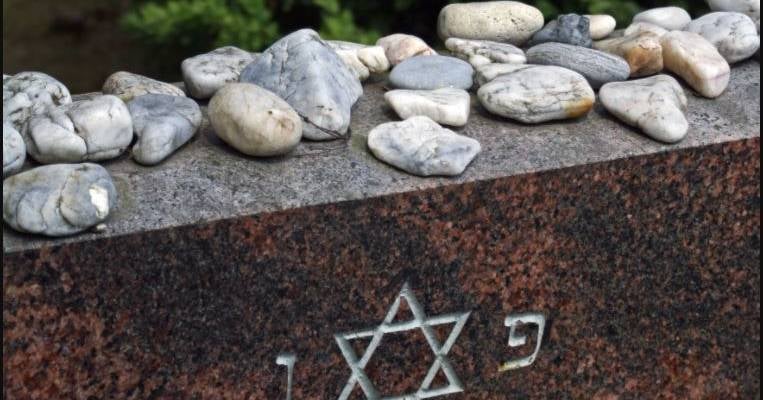The “closest relatives” for the purpose of Jewish mourning laws are: father, mother, son, daughter, sister, brother, wife, husband.
By Rabbi Ari Enkin, Rabbinic Director, United with Israel
This week’s Torah portion is “Shemini” (Leviticus 9:1–11:47), and in it we read about the untimely and tragic death of Nadav and Avihu. Aaron the Priest, their father, was not permitted to mourn the death of his sons. This was a one-time decree against mourning due to Aaron’s elevated status and in light of his sons’ transgression for which they were killed. The rest of the nation, however, was permitted to mourn their death.
With the background of the story of Nadav and Avihu, it is a perfect opportunity to discuss mourning in Judaism. Judaism is actually full of mourning practices, and this article will focus on some of the more meaningful mourning practices we have that everyone can relate to.
The moment a person dies, each of the closest relatives ise known as an “Onen” and their only focus is to arrange for the funeral. They are exempt, actually forbidden, from performing any mitzvot! For example, no praying allowed, a tallit (phylacteries) may not be worn, blessings before and after eating are not said. Again, the bereaved are released from all ritual responsibilities and are to focus only on the honor due to the deceased.
The “closest relatives” for the purpose of Jewish mourning laws are: father, mother, son, daughter, sister, brother, wife, husband.
In Judaism, the deceased may not be left alone for even a minute. From death until burial, no matter how much time might pass, the body must be guarded. This expresses the idea that even in death the person is valued and not merely disposed of. It shows the closeness we continue to desire with our loved one.
The person watching over the body is known as a “shomer” and it could be a relative or a member of the burial committee. There will of course be numerous shomrim, as it is a 24-hour-a-day job. The shomer usually recites Psalms while guarding the body.
The mourner is also required to tear his or her shirt as a sign of extreme grief and a broken heart. This might actually be one of the oldest Jewish mourning practices as it dates back to the Bible. The left side of the shirt is torn upon the death of a parent, and the right side of the shirt is torn on the death of all other relatives. The torn shirt is worn by the mourners throughout the seven days of Shiva.
The eulogy, or “hesped” in Hebrew, is a very important part of the funeral. It is not meant to be a biography of the deceased, but rather to convey the personality and accomplishments of the deceased. There is an emphasis on the person’s character traits. The rabbi will often give the eulogy, but it is not uncommon for a member of the family, especially a child, to do so as well.
Before delivering the eulogy, the rabbi spends time with the family and they tell him about the deceased. This helps the rabbi prepare an appropriate eulogy and is therapeutic for the family as well.
The most famous of Jewish mourning practices is certainly the “shiva,” meaning “seven.” This refers to the seven-day intense mourning period. During the shiva period mourners remain at home, preferably the home of the deceased, and they receive visitors. This allows the community, friends, and extended family to offer sympathy and support. These visits occupy the mourners at this time.
Conversations during the shiva period usually involve talking about the deceased, but any conversation is allowed. Most important is just to be there, showing you care.
Thirty days after the funeral is the “shloshim,” which translates to the number 30. With the shloshim, the formal mourning period ends except for those who are mourning parents, in which case the mourning continues for a year. During the shloshim, and during the year for the death of a parent, the mourner does not go to places of entertainment or join in any parties whatsoever. With the arrival of the shloshim, however, the mourner (except those mourning for a parent) basically returns to normal life. The shloshim is often marked by some kind of memorial gathering which includes a meal or light refreshments, and eulogies and memories of the deceased are delivered.
Finally, there is the yahrzeit, the anniversary of the date of death. It may very well be only in Judaism where the anniversary of a death is marked in such a formal and organized manner. The most common custom observed on a yahrzeit is the lighting of a candle, which burns for the entire 24 hours of the yahrzeit. In the synagogue, special prayers are recited, and gathering with friends and family is common. A meal or light refreshments is usually served at a yahrzeit gathering.
People give extra charity on the day of a yahrzeit and, if possible, a visit is made to the cemetery where the deceased is buried.
